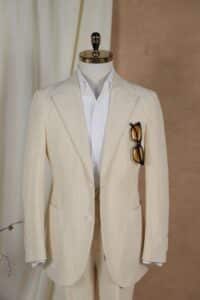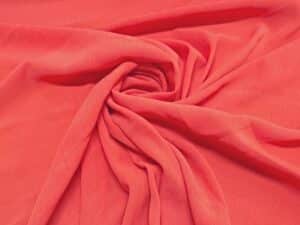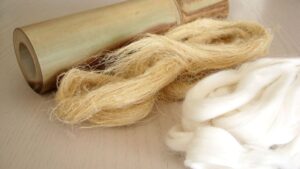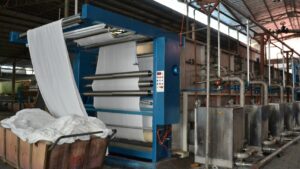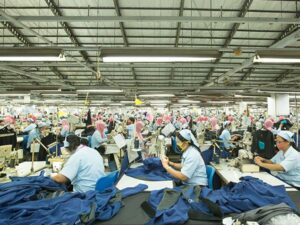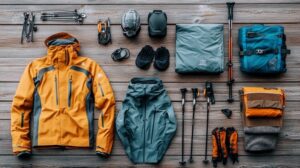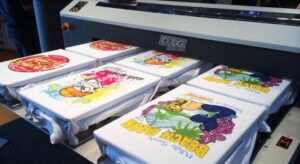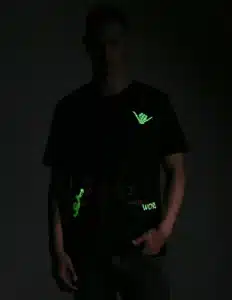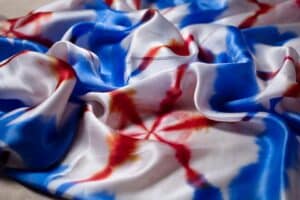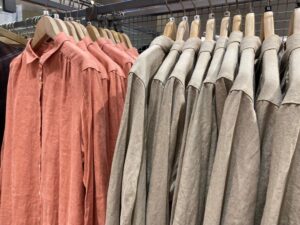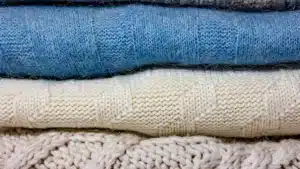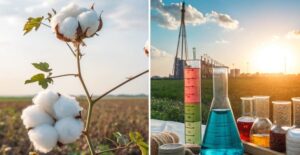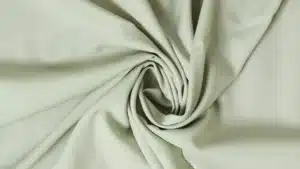
Moisture-wicking fabrics are designed to keep you dry and comfortable by pulling sweat away from your skin. These fabrics use advanced technology to draw moisture to the surface, where it evaporates quickly. This prevents the damp, sticky feeling caused by sweat pooling on your skin. Whether you're wearing activewear or moisture-wicking workwear, these sweat-wicking materials help regulate body temperature and improve performance. In athletic apparel, they are essential for maintaining comfort during intense activities. By managing sweat effectively, moisture-wicking clothing ensures you stay focused and comfortable throughout your day.
Key Takeaways
Moisture-wicking fabrics help you stay dry by moving sweat away. This makes you feel more comfortable during exercise.
Pick synthetic fabrics like polyester for tough workouts. They dry fast and stop bad smells from forming.
Natural fibers like Merino wool also wick moisture and keep you warm or cool. They are perfect for outdoor adventures.
Take care of these clothes by using gentle detergents. Avoid fabric softeners to keep them working well.
When choosing moisture-wicking clothes, think about your activity and surroundings. This helps you stay comfy and perform your best.
How Moisture-Wicking Fabrics Work
The Science of Moisture-Wicking
Capillary Action and Sweat Movement
Moisture-wicking fabrics rely on capillary action to move sweat away from your skin. This process uses the tiny spaces between fibers to draw moisture outward. The cohesion and adhesion of water molecules play a key role here. Cohesion keeps the water molecules together, while adhesion helps them stick to the fibers. As a result, sweat travels along the fabric’s surface instead of pooling on your skin. The structure of the fibers, including how tightly they are twisted, also affects how efficiently the fabric wicks moisture. Tighter twists create higher wicking pressure, which enhances the fabric's ability to keep you dry.
Hydrophobic and Hydrophilic Properties
Moisture-wicking fabrics often combine hydrophobic and hydrophilic properties. Hydrophobic fibers repel water, pushing sweat to the outer layers of the fabric. Hydrophilic fibers, on the other hand, absorb and spread moisture across a larger surface area. This combination ensures that sweat evaporates quickly, keeping you cool and comfortable. For example, polyester fibers are naturally hydrophobic but can be treated to improve their moisture-wicking potential. This balance of properties helps moisture-wicking clothing conceal excessive perspiration effectively.
Key Features of Moisture-Wicking Fabrics
Breathability and Airflow
Breathable fabrics are essential for moisture management. They allow air to circulate freely, which helps sweat evaporate faster. This airflow not only keeps you cool but also prevents bacterial and fungal growth. Structural designs, such as engineered openings in the fabric, enhance breathability by adjusting to moisture levels. This feature makes sweat-wicking fabrics ideal for intense physical activities.
Quick-Drying and Odor Control
Moisture-wicking fabrics dry quickly by moving sweat to the surface, where it evaporates. This rapid drying process prevents the buildup of odor-causing bacteria. Many of these fabrics also include odor-resistant treatments, which further enhance their ability to prevent bacterial and fungal growth. This combination of quick-drying and odor prevention ensures you stay fresh and comfortable throughout the day.
Lightweight
Lightweight fabrics improve comfort by reducing the heaviness caused by sweat-soaked clothing. Moisture-wicking fabrics are designed to remain light even when wet, making them perfect for activities that require mobility. Their lightweight nature also enhances their breathability, ensuring you stay cool and dry.
Best Moisture-Wicking Fabrics
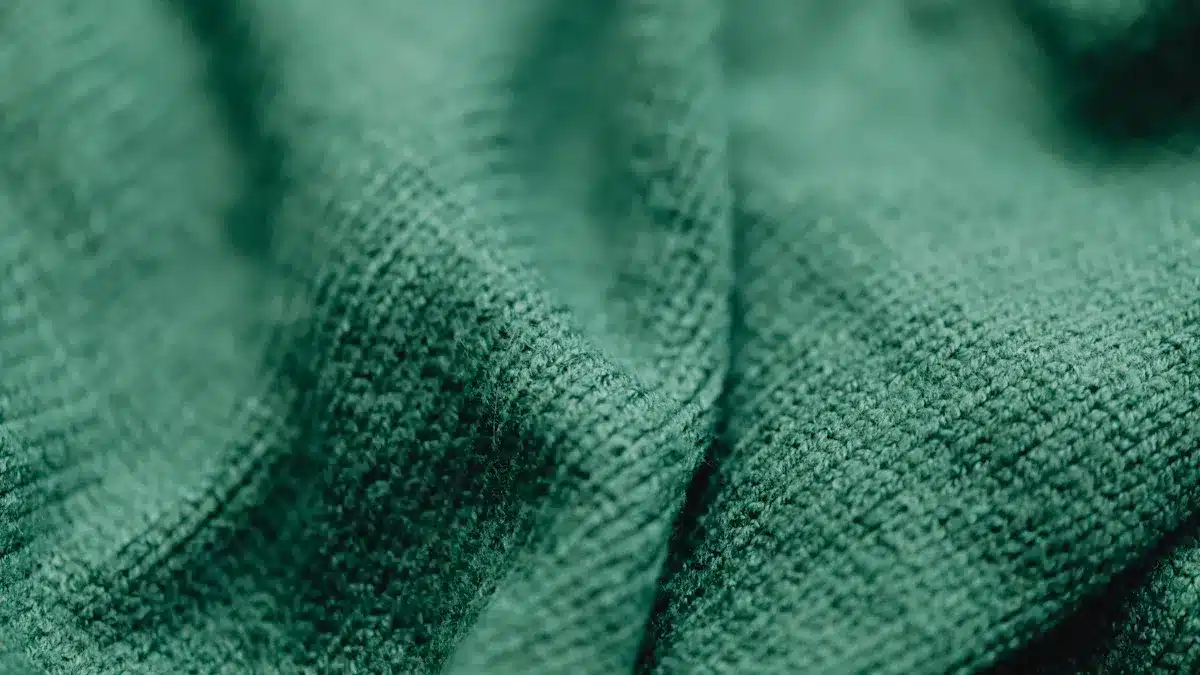
When choosing the right moisture-wicking shirts, understanding the types of moisture-wicking fabrics is essential. Each fabric offers unique benefits, making it suitable for different activities and conditions. Below, we explore the best options available.
Synthetic Moisture-Wicking Fabrics
Polyester

Polyester is one of the most popular moisture-wicking fabrics. Its hydrophobic nature repels water, pushing sweat to the surface for quick evaporation. This fabric is lightweight, breathable, and durable, making it ideal for moisture-wicking shirts. Athletes often prefer polyester for its ability to keep them dry during intense workouts. Additionally, polyester dries faster than natural fibers like cotton, ensuring you stay comfortable.
Nylon
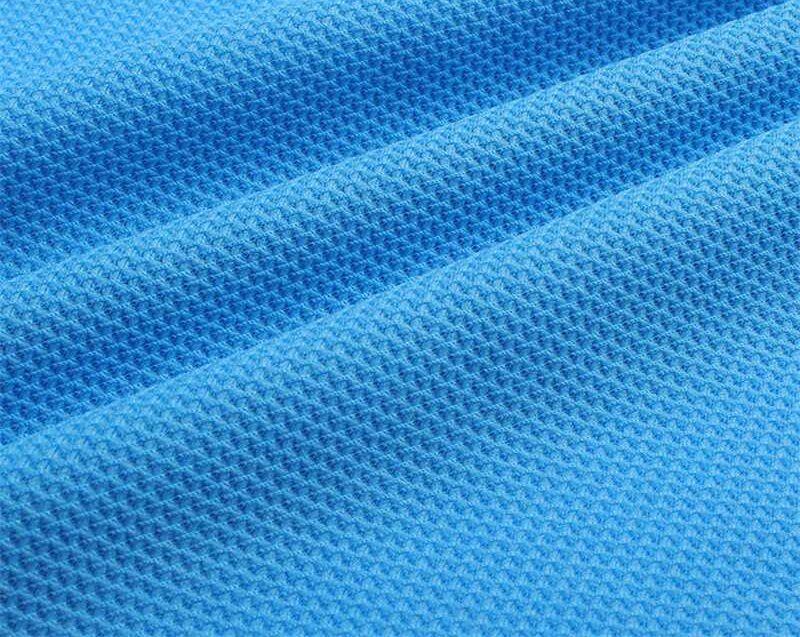
Nylon is another synthetic fabric known for its moisture-wicking properties. It is soft, stretchy, and highly breathable, making it a favorite for moisture-wicking clothing. Nylon’s quick-drying ability prevents sweat from lingering, reducing the risk of odor buildup. This fabric is also resistant to wear and tear, ensuring long-lasting performance.
Polypropylene
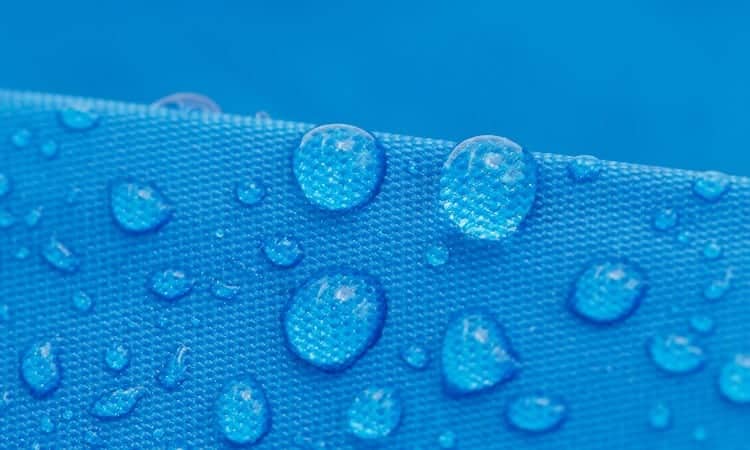
Polypropylene stands out for its ability to wick moisture while remaining waterproof. It pushes sweat to the outer layers of the fabric, keeping the inner layer dry. This feature makes it the best choice for medical bedsheet or surgical mask. Polypropylene also resists stains and odors.
Acrylic

Acrylic mimics the properties of wool but offers better moisture-wicking capabilities. It is lightweight, breathable, and dries quickly, making it suitable for various types of moisture-wicking fabrics. Acrylic is often blended with other materials to enhance its performance, especially in activewear.
Natural Moisture-Wicking Fabrics
Merino Wool
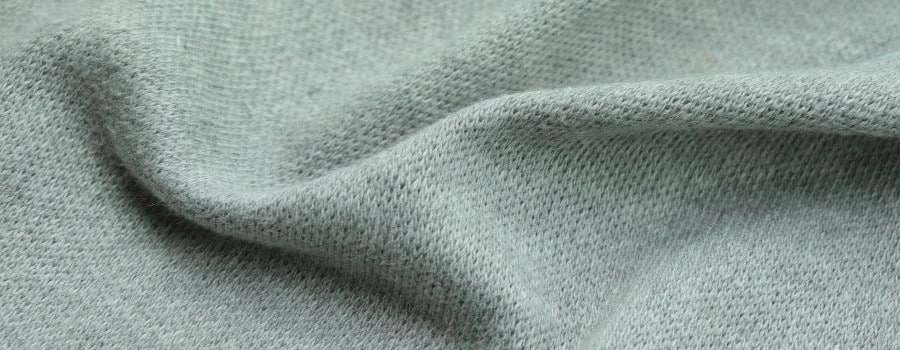
Merino wool is a natural fiber with exceptional moisture-wicking properties. It absorbs moisture without feeling wet and regulates body temperature effectively. This makes it one of the best moisture-wicking t-shirt materials for outdoor activities. Merino wool is also soft and breathable, ensuring comfort during prolonged wear.
Bamboo

Bamboo fabric offers a sustainable option for moisture-wicking clothing. It is breathable and has natural antibacterial properties, which help fight odor. However, bamboo retains moisture longer than synthetic fabrics, making it less suitable for high-intensity activities.
Tencel (Lyocell)

Tencel, derived from wood pulp, is a natural fiber known for its softness and moisture-wicking properties. It absorbs sweat and releases it quickly, keeping you dry. Tencel is also eco-friendly, making it a great choice for those seeking sustainable moisture-wicking shirts.
Blended Moisture-Wicking Fabrics
Polyester-Spandex Blend
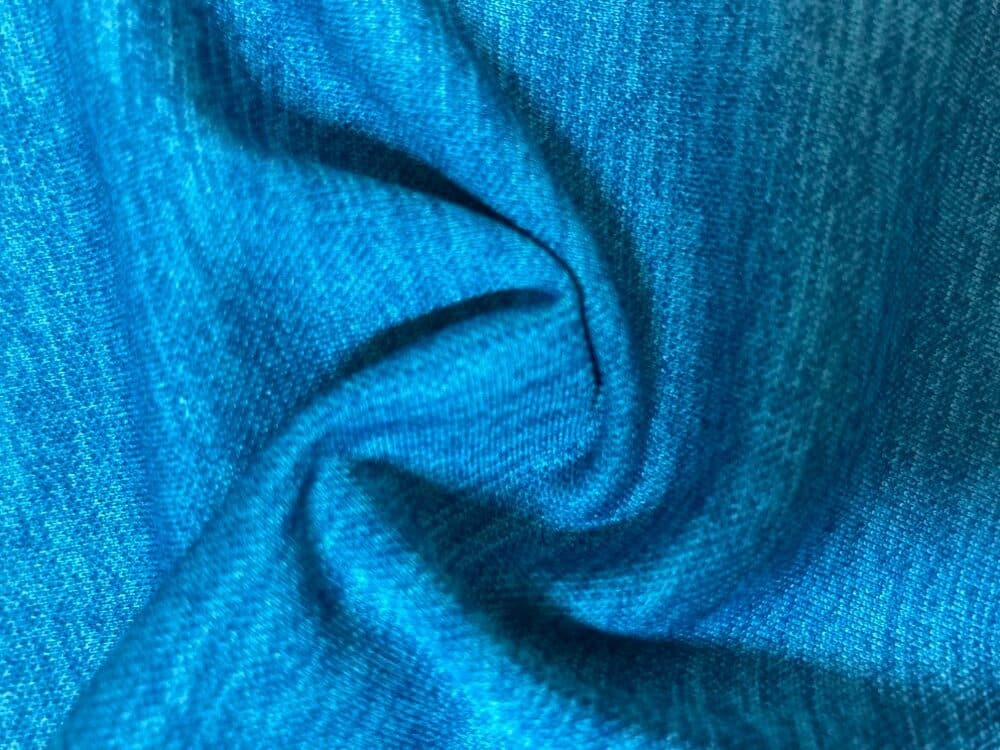
This blend combines the moisture-wicking properties of polyester with the stretchiness of spandex. It offers excellent mobility and comfort, making it ideal for activewear. The blend also enhances durability and ensures a snug fit.
Nylon-Spandex Blend
Nylon-spandex blends provide a balance of breathability and flexibility. These fabrics wick moisture effectively while offering a comfortable stretch. They are commonly used in moisture-wicking shirts designed for yoga and other low-impact activities.
Polyester-Wool Blends
Blending polyester with wool enhances moisture-wicking properties while retaining the natural warmth of wool. This combination is perfect for cold-weather activities, as it keeps you dry and insulated.
Tip: When selecting moisture-wicking clothing, consider the activity and environment. Synthetic fabrics excel in high-intensity workouts, while natural fibers like Merino wool are better for outdoor adventures.
Specialty Moisture-Wicking Fabrics
Coolmax®
Coolmax® is a high-performance fabric designed to keep you dry and comfortable during physical activities. This fabric uses enhanced polyester fibers to wick moisture away from your skin. It moves sweat to the outer surface, where it evaporates quickly. This process prevents the damp, chilled feeling that often occurs when sweat pools on your skin. Coolmax® fabrics also reduce the risk of chafing, making them ideal for intense workouts or long outdoor adventures.
Clinical tests, such as the Dropper Test and the Permeation Kettle Wick & Dry Test, validate the efficiency of Coolmax®. These tests measure how quickly the fabric absorbs and wicks moisture. Studies have shown that Coolmax® significantly improves moisture management compared to standard polyester. Its ability to keep you dry enhances comfort and performance during exercise.
Dri-FIT®
Dri-FIT®, developed by Nike, is another popular moisture-wicking fabric. It combines polyester and microfiber technology to pull sweat away from your skin. This fabric ensures that moisture spreads across the surface, allowing it to dry faster. Dri-FIT® clothing is lightweight and breathable, making it perfect for high-intensity activities.
One standout feature of Dri-FIT® is its antimicrobial treatment. This treatment prevents odor-causing bacteria from growing, keeping your clothing fresh even after long workouts. Whether you're running, cycling, or practicing yoga, Dri-FIT® helps you stay comfortable and odor-free.
Supplex®
Supplex® fabric offers a unique blend of softness and durability. Made from advanced nylon fibers, it mimics the feel of cotton while providing superior moisture-wicking capabilities. Supplex® moves sweat away from your skin and dries quickly, ensuring you stay dry throughout your activities.
This fabric also includes antimicrobial properties, which help prevent bacteria and fungi from thriving. Supplex® is resistant to fading, shrinking, and wrinkling, making it a reliable choice for activewear. Its combination of comfort, moisture management, and durability makes it a favorite for both athletes and casual wearers.
Tip: Specialty fabrics like Coolmax®, Dri-FIT®, and Supplex® not only wick moisture but also enhance your overall comfort. Their antimicrobial features ensure freshness, even during intense activities.
Smartwool®
Smartwool® is a premium fabric brand that specializes in moisture-wicking clothing made from Merino wool. It combines the natural properties of wool with advanced fabric technology to deliver exceptional performance. If you’re looking for a fabric that keeps you dry, warm, and comfortable, Smartwool® is an excellent choice.
Smartwool® stands out for its ability to combine natural moisture-wicking with comfort and durability. If you want high-performance clothing that works in all seasons, this fabric is worth considering.
Fabrics to Avoid for Moisture-Wicking Clothing
Cotton and Its Limitations
Why Cotton Retains Moisture
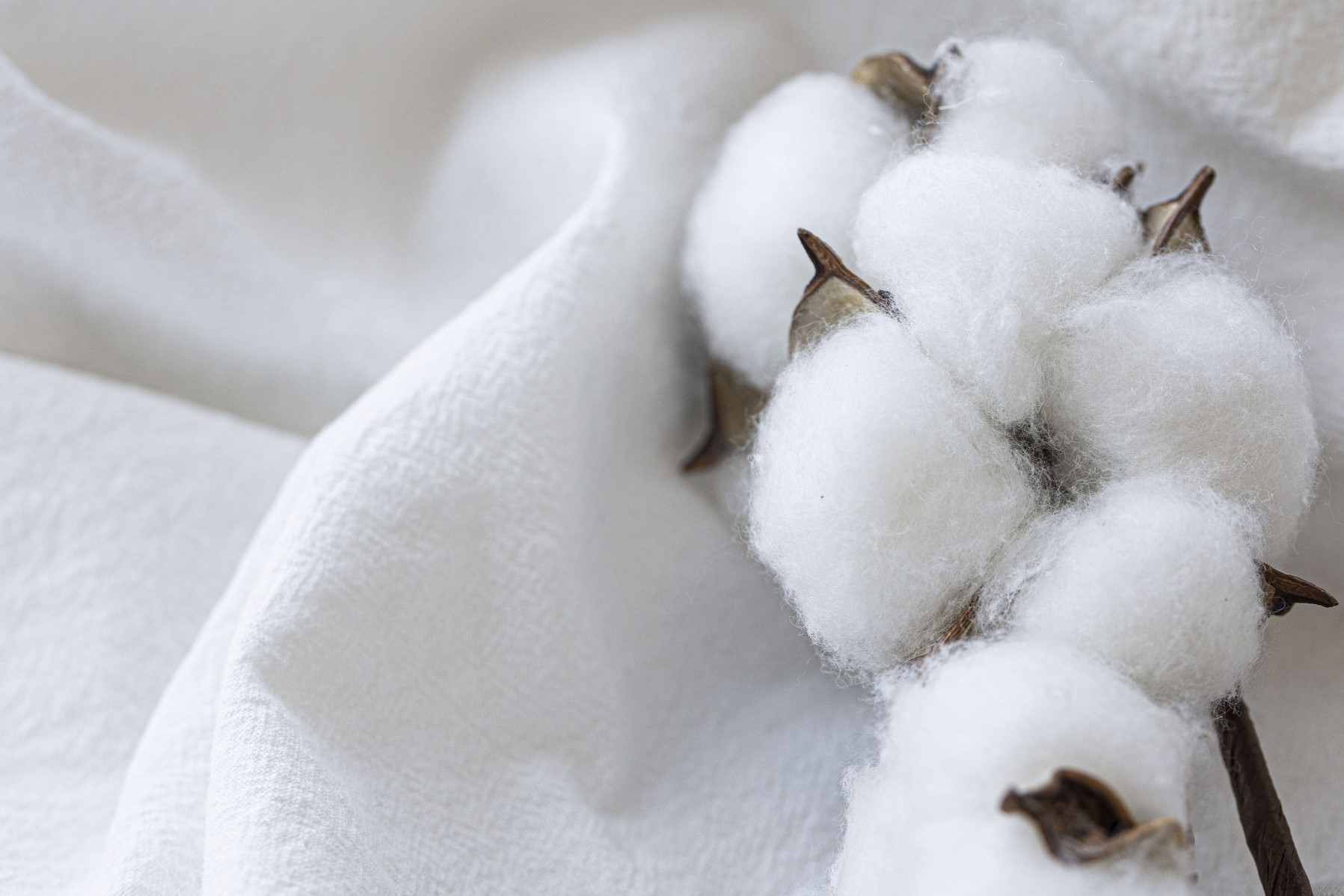
Cotton is one of the least effective materials for moisture-wicking clothing. Its fibers absorb sweat completely, trapping moisture within the fabric. This absorption leads to slow evaporation, leaving you feeling damp and uncomfortable during physical activities. Cotton’s inability to wick moisture stems from its hydrophilic nature, which allows water to penetrate deeply into the fibers.
Cotton fabrics absorb moisture and dry slowly, making them unsuitable for intense workouts.
Cotton fibers soak up water-based liquids entirely, resulting in prolonged drying times.
The fabric’s moisture retention can cause discomfort and even chafing during prolonged wear.
If you’re looking for types of moisture-wicking clothing, avoid cotton-based options. They fail to keep you dry and can hinder your performance during activities requiring sweat management.
Heavy and Non-Breathable Fabrics
Lack of Airflow and Moisture Retention
Heavy fabrics, such as denim or thick wool, lack the breathability needed for effective moisture-wicking clothing. These materials restrict airflow, preventing sweat from evaporating efficiently. The thickness of these fabrics also increases moisture retention, leaving you feeling weighed down and uncomfortable.
Metric | Description | Impact on Fabric Performance |
|---|---|---|
Measures Moisture Vapor Transmission Rate | Reduced MVTR in thick fabrics slows moisture escape, increasing discomfort. |
For activities requiring sweat management, prioritize lightweight and breathable fabrics. Heavy materials compromise airflow and moisture control, making them unsuitable for moisture-wicking clothing.
Untreated Natural Fibers
Limited Moisture-Wicking Properties
Untreated natural fibers, such as raw cotton or wool, struggle to wick moisture effectively. These fibers absorb high amounts of moisture, leading to longer drying times and increased discomfort. Their moisture regain capacity ranges from 8% to 30%, far exceeding the 0.4% of synthetic fibers like polyester.
Natural fibers can absorb up to 60% of their weight in water, causing them to feel heavy and damp.
High moisture regain increases the risk of feeling cold after activity due to trapped sweat.
Synthetic fibers, by contrast, absorb only 1% to 5% of their weight in water, making them more efficient for moisture-wicking clothing.
When choosing types of moisture-wicking clothing, opt for treated or synthetic fibers. Untreated natural materials fail to provide the quick-drying and sweat-wicking benefits needed for comfort and performance.
Caring for Moisture-Wicking Fabrics
Proper care ensures your moisture-wicking clothing remains effective and lasts longer. By following specific washing and drying techniques, you can maintain its sweat-wicking properties and overall performance.
Washing Moisture-Wicking Clothing
Use Mild Detergents
Always use a mild detergent when washing moisture-wicking fabrics. Harsh detergents can strip away the fabric’s sweat-wicking treatments, reducing its effectiveness. Powder or liquid detergents designed for delicate or synthetic fabrics work best. Avoid heavy-duty detergents, as they may damage the fibers. Washing your garments after every 1-2 wears prevents odor-causing bacteria from building up.
Avoid Fabric Softeners
Fabric softeners leave a residue that clogs the fibers, hindering their ability to wick moisture. Skip fabric softeners entirely to preserve the fabric’s performance. Instead, wash your moisture-wicking clothing separately from cotton garments to prevent lint transfer. Always zip up zippers and secure clasps to avoid snagging during the wash cycle.
Drying Moisture-Wicking Fabrics
Air Dry vs. Machine Dry
Air drying is the safest method for moisture-wicking fabrics. Hang your clothing in a well-ventilated area to allow natural airflow to dry the material. If you prefer machine drying, use the lowest heat setting to prevent damage. High heat can weaken synthetic fibers and reduce elasticity, so avoid it whenever possible.
Avoid High Heat
High temperatures can degrade the sweat-wicking properties of your clothing. Avoid using dryers with high heat settings or ironing moisture-wicking fabrics. These actions can cause the fibers to lose their structure, making them less effective at managing sweat.
Maintaining the Benefits of Moisture-Wicking Fabric
Preventing Wear and Tear
Handle your moisture-wicking clothing with care to prevent wear and tear. Wash similar garments together to avoid pilling. This ensures the fibers remain intact and continue to perform well.
Proper Storage Techniques
Store your moisture-wicking clothing in a cool, dry place away from direct sunlight. Sunlight can weaken the fibers over time. Avoid folding or storing wet garments, as this can lead to mildew growth. For long-term storage, acid-free tissue paper adds an extra layer of protection.
By following these care tips, you can extend the life of your moisture-wicking clothing and ensure it continues to perform at its best.
Moisture-wicking fabrics offer numerous benefits that enhance your comfort and performance. By pulling sweat away from your skin, these fabrics keep you dry and prevent the discomfort of damp clothing. Choosing the right moisture-wicking clothing for summer or intense workouts ensures you stay cool and focused.
FAQ
What makes moisture-wicking fabrics different from regular fabrics?
Moisture-wicking fabrics pull sweat away from your skin and allow it to evaporate quickly. Regular fabrics, like cotton, absorb sweat and hold onto it, leaving you feeling damp and uncomfortable.
Can you wear moisture-wicking clothing in cold weather?
Yes! Moisture-wicking fabrics keep you dry by moving sweat away from your skin. Staying dry helps regulate your body temperature, making these fabrics ideal for layering in cold weather.
How do you know if a fabric is moisture-wicking?
Check the label for terms like "moisture-wicking," "quick-drying," or "breathable." Synthetic materials like polyester or specialty fabrics like Coolmax®, Dri-FIT® often have moisture-wicking properties.
Are natural moisture-wicking fabrics as effective as synthetic ones?
Natural fabrics like Merino wool wick moisture well and regulate temperature. However, synthetic fabrics often dry faster and handle intense sweat better, making them more suitable for high-intensity activities.
How often should you wash moisture-wicking clothing?
Wash moisture-wicking clothing after every 1-2 wears to remove sweat and bacteria. Use mild detergent and avoid fabric softeners to maintain the fabric's performance.

